Why Do Grubs Cause Lawn Damage in Late Summer?
In late summer, grubs make up a dominant food source for skunks, raccoons, and opossums. Even crows and deer...
We’re proud of the innovative breadth of services we have developed over the years. Below lists the full suite of 100% organic lawn care services and techniques available this season. If you’re not sure which services are best for your yard, check out these handy guides.
“What Do You Get?” lists the specific outcomes those services provide. “What Do You Want?” leads with the outcomes folks want, followed by the services that provide those outcomes.
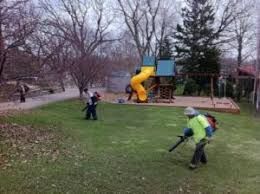
One-time visit to cut down perennials and collect and mulch leaves and dispose of debris. Mow grass at 2”. Refresh existing V-trench border edges.
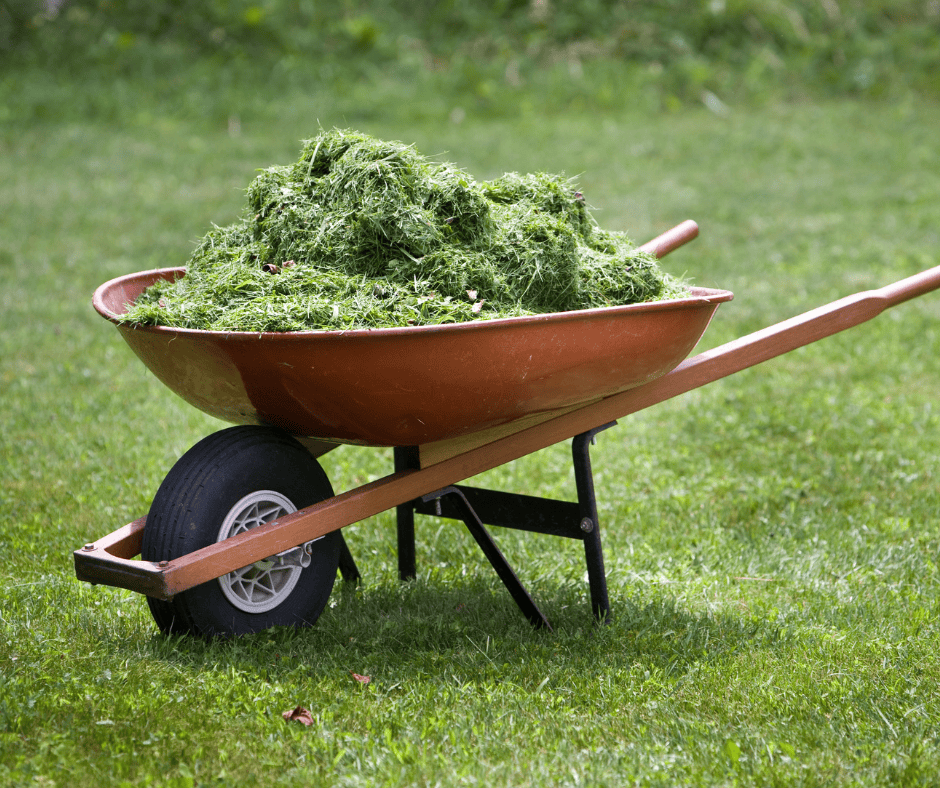
During mowing service, pick up clippings.
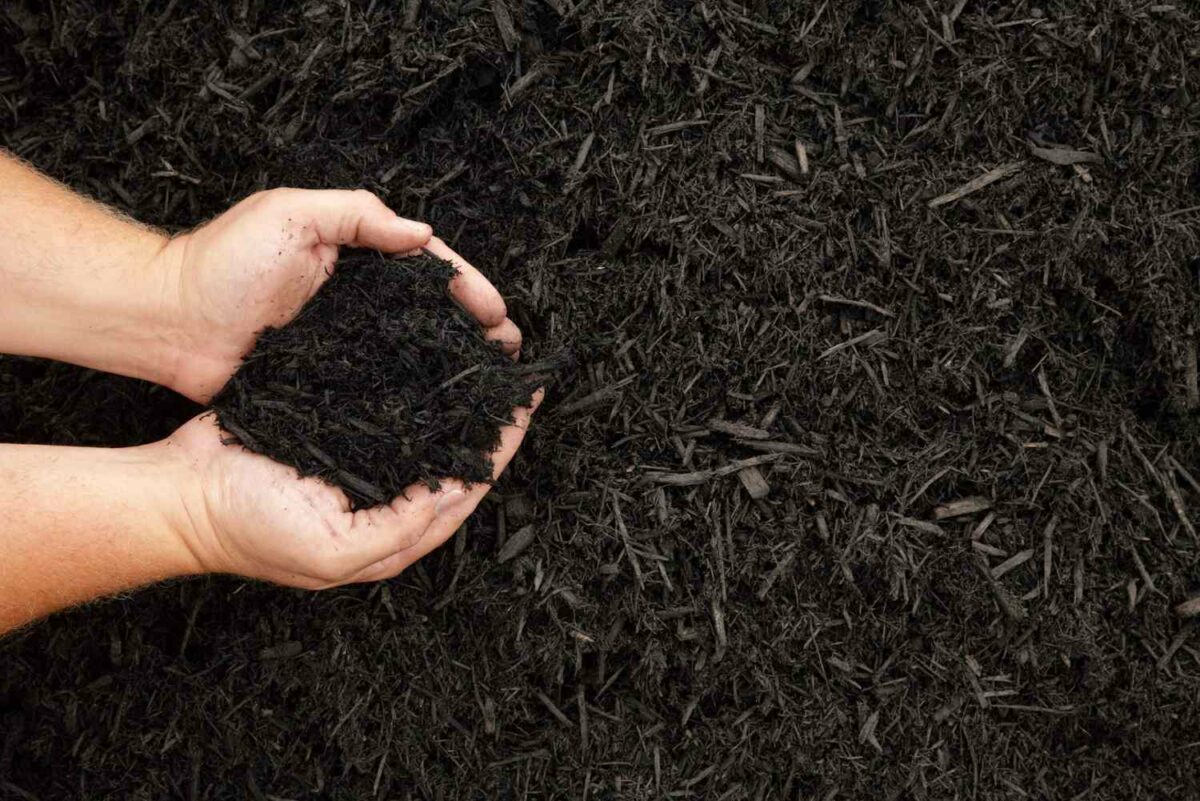
Deliver and install premium mulch at $170/cubic yard. Refresh V-trench border edge (as needed).
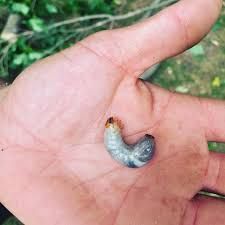
Apply 2 beneficial nematode treatments to LAWN areas. Limits damages from a wide variety of lawn damaging insects.
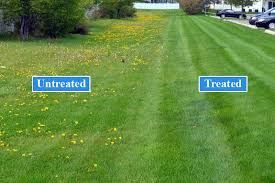
2 applications. This product consists of liquid corn gluten meal, which is non-toxic to humans and non-rodent pets, organic, sustainable, and safe. Inhibits weeds from forming roots shortly after germination.
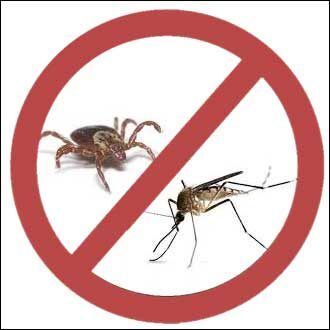
All organic tick and mosquito control applied 3 times per year. Acts as a repellant, a barrier and an insecticide (to larva). Safe for butterflies, pollinators, pets and humans.
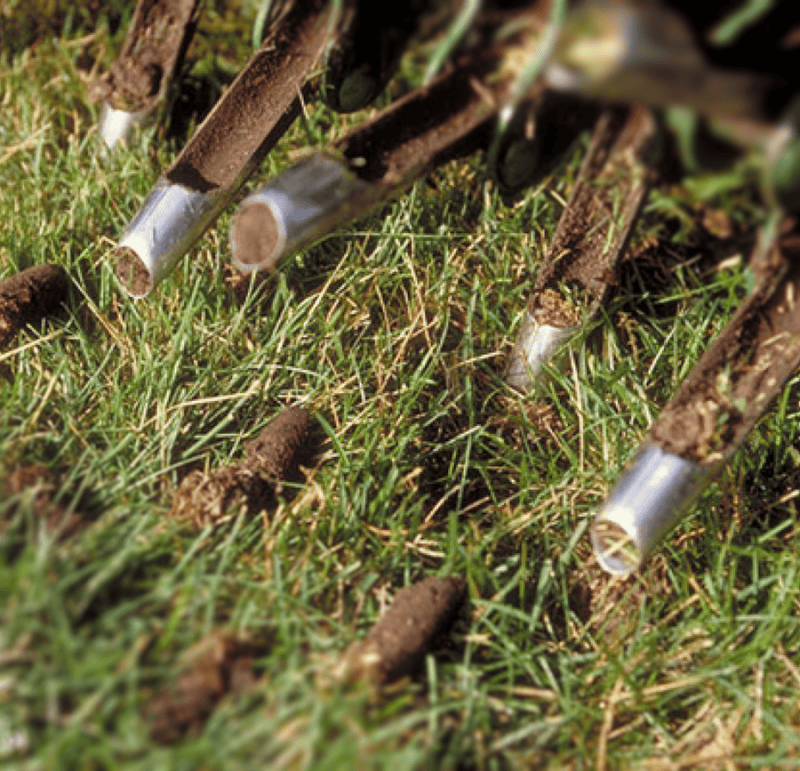
TWICE per year-Machine-aerate lawn to relieve compaction, improve drainage, thicken turf, improve drought resistance, and alleviate weed pressure. One of the most beneficial organic lawn care techniques.
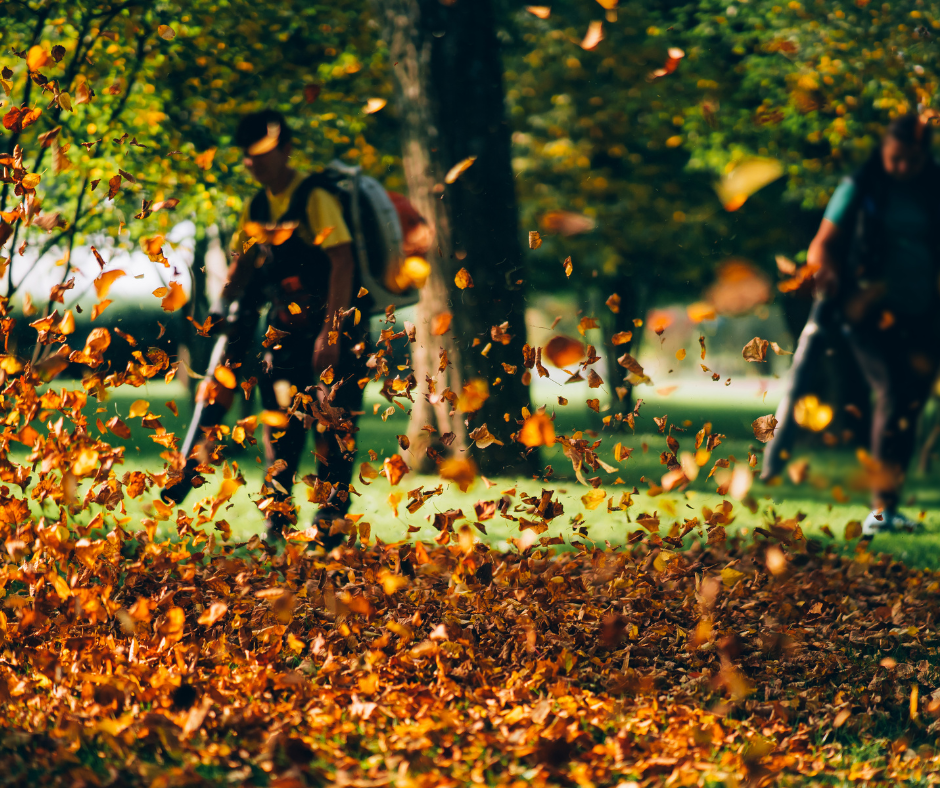
Remove leaves from lawn and garden beds as desired. Cut down and remove spent perennials; leave upright and stiff plants for winter interest.
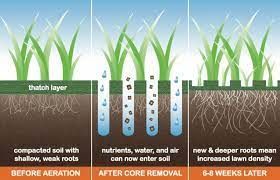
Core aerate the entire lawn; most beneficial organic lawn care techniques. Overseed thin and bare spots with high-quality turfgrass OR clover seed mixture to increase turf density, which helps out-compete weeds. Cover with leaf compost.
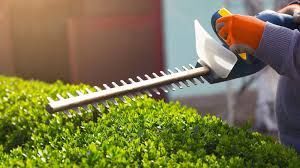
Prune trees and shrubs under 12-feet tall after they have finished blooming. Exception: Hydrangeas, roses and winter pruning.

Deliver, emplace and lightly incorporate the Dig Right In proprietary mix of Biochar, Soil ALIVE! and sand to turbo boost your vegetable beds’ fertility and active biology.
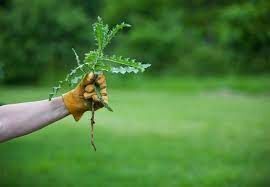
Hand-pick, dig-out or line-trim visible sprouting weeds. In some cases, may only cut off flowers to prevent reproduction.
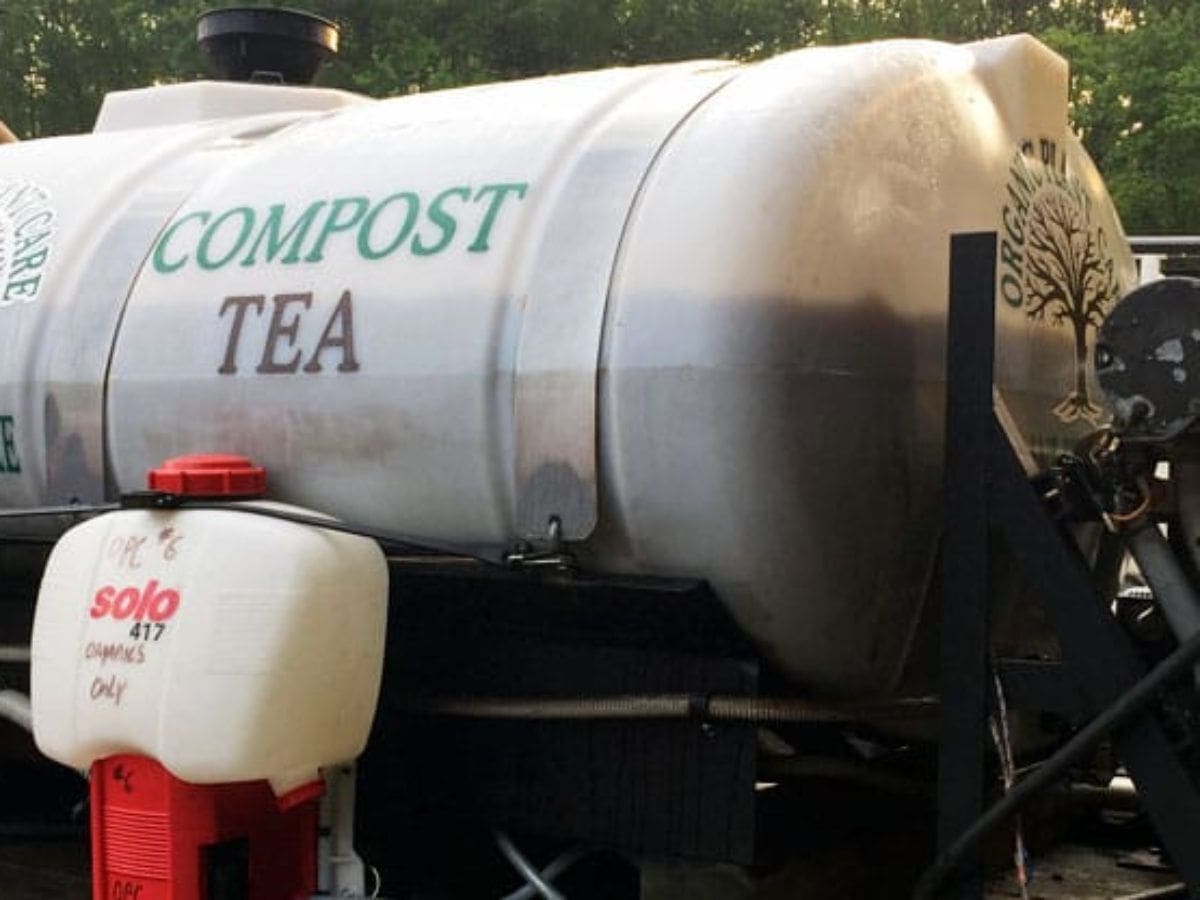
1 granular microbial inoculant application which is our Soil ALIVE!TM plant health booster. Throughout season: 3 Earth’s Original™ compost tea treatments, which builds a healthy soil that grows deeper roots and increases drought resistance.
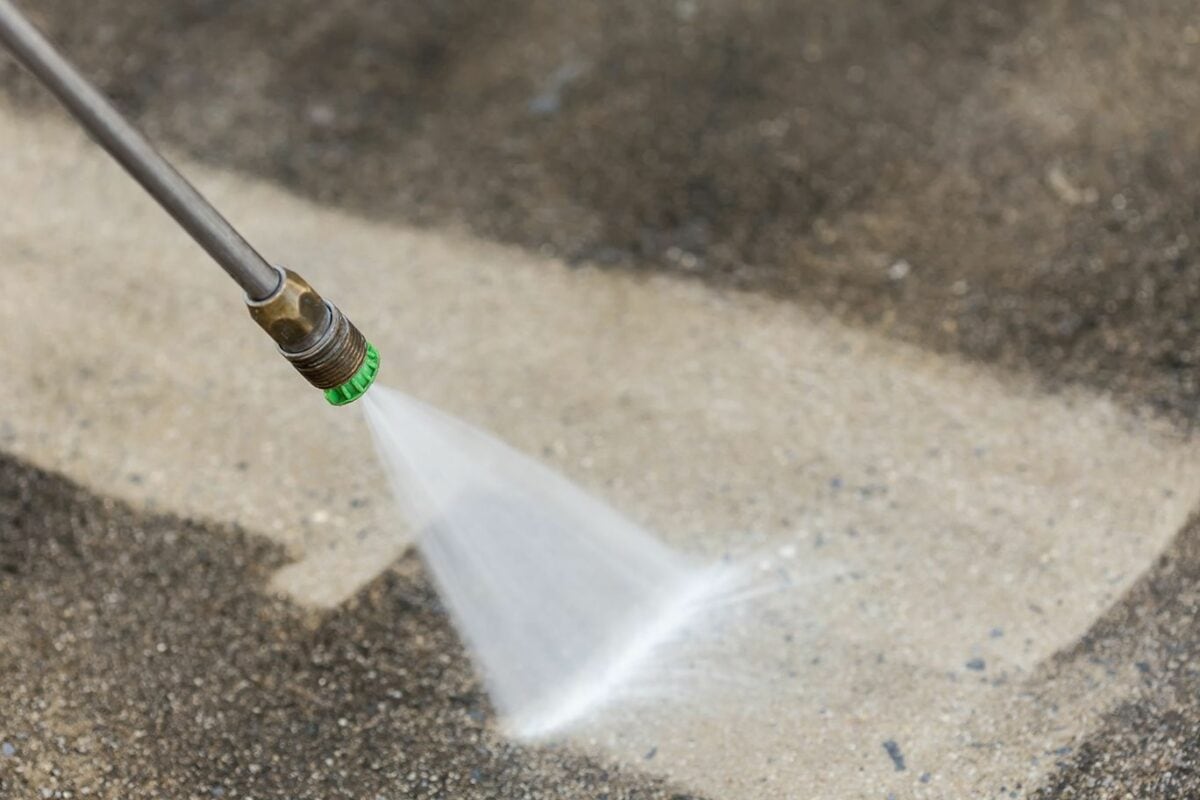
Power wash dirt and weeds from paver joints, up to 500 sq ft. Return to sweep standard joint stabilizing sand, and sealant.
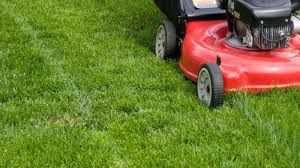
Mow at minimum 3″ height, line-trim, and blow off surfaces. Clippings picked up ONLY during fast-growing periods. Clippings must remain on the ground as a vital source of food and nitrogen within an organic lawn care regimen.
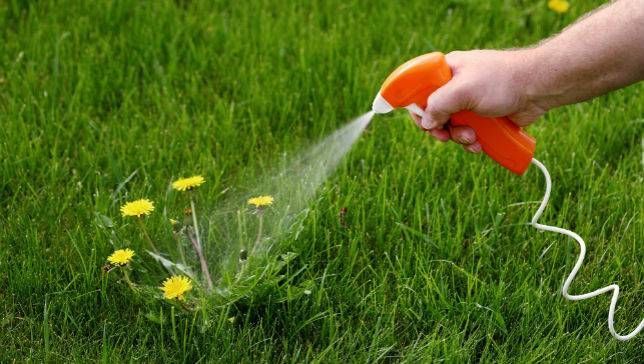
1 application of selective “broadleaf” synthetic chemical treatment to lawn areas for enhanced weed suppression.
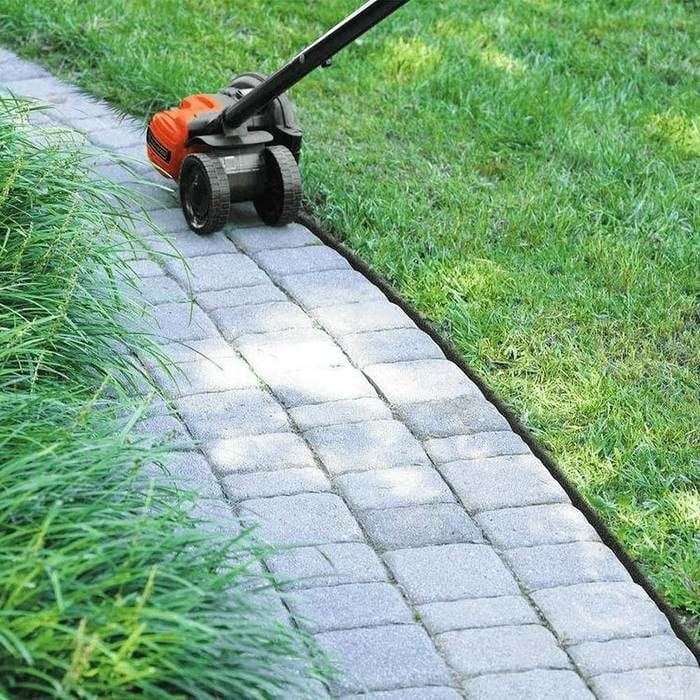
Give your lawn edges a professional clean look using a quality machine edger (not a line trimmer). Provided as needed throughout the growing season.
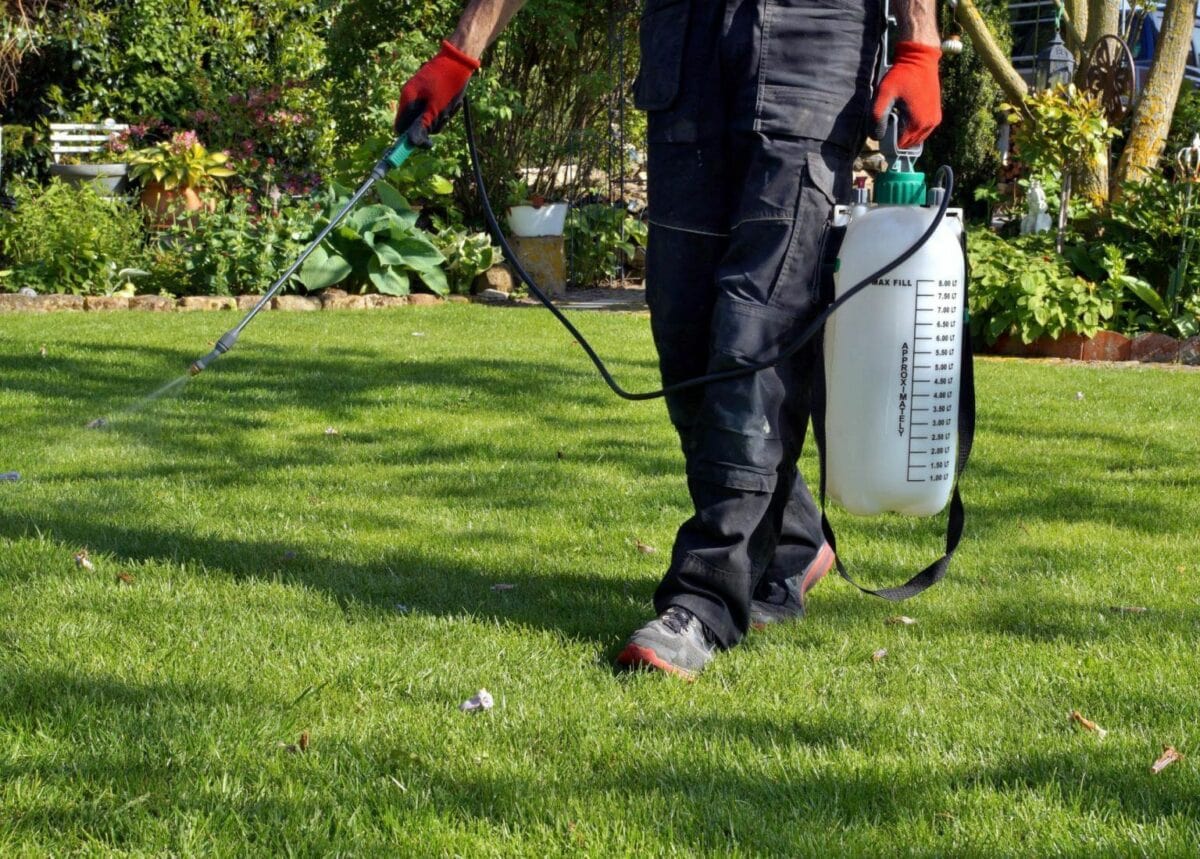
In early Spring, 1 application of “pre- emergent” synthetic chemical treatment to lawn areas for enhanced weed suppression.
In addition to our Weekly Mowing, Compost Tea and Core Aeration, our organic yard maintenance services include:
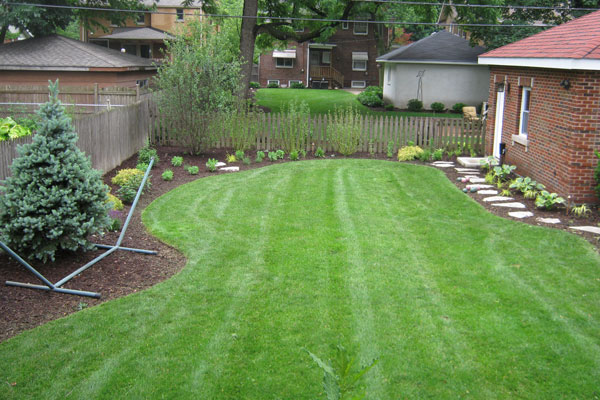
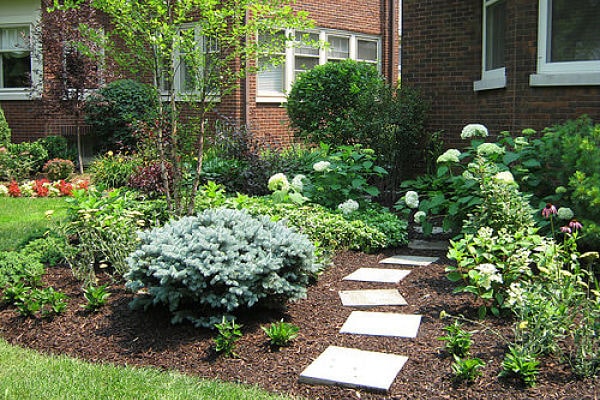
Your biology needs water to survive. So do plants. Turfgrass requires one-inch of water per week, and if nature doesn’t provide it, the homeowner should. Turfgrass is a time-and-resource-sucking-indulgence and an organic lawn is no different.
If you aren’t sure how much water to add see our page on When to Water for detailed rainfall updated daily.
Set your mower blade to 3″ or as high as it will go. A longer blade of grass can out-compete weeds for light and longer roots out-compete weeds for moisture.
You notice we use a lot of leaf mulch and compost. As the diagram explains, leaf mulch becomes compost, so the bottom line is: COMPOST! It is the magic bullet providing biology and food sources to improve the fertility, texture and moisture retention of your soil.
Find ways to compost and reuse your leaves in the lawn and garden instead of raking to the curb each fall. Leave grass clippings on the lawn, as they return nitrogen to the soil.

We keep you in the loop on organic maintenance.

In late summer, grubs make up a dominant food source for skunks, raccoons, and opossums. Even crows and deer...
Learn More
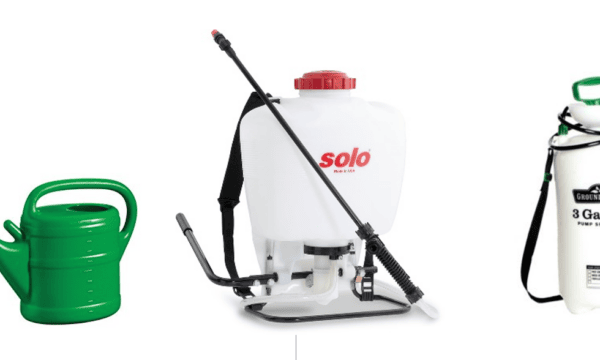
Due to popular demand, Dig Right In is now offering its Earth’s Original™ Compost Tea to residents for DIY soil...
Learn More
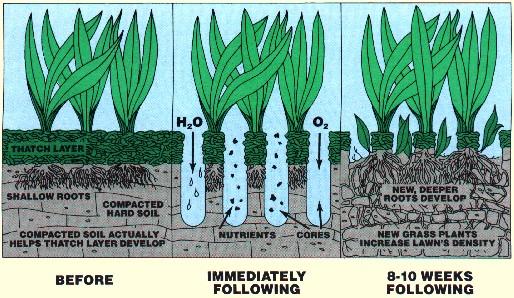
You may ask, “How come Dig Right In is doing core aeration now, after I’ve seen all my neighbors’ landscapers...
Learn More
